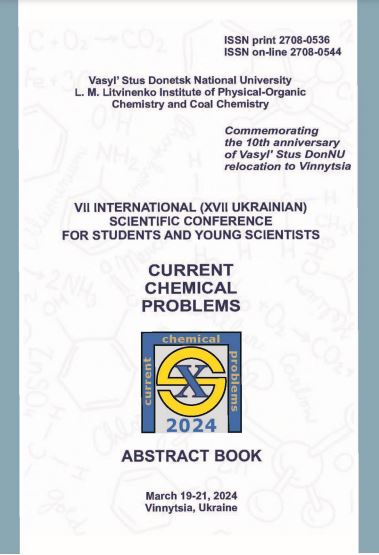Research on the influence of non-equilibrium low-temperature plasma on distilled water
Abstract
The processes occurring in aqueous solutions under the influence of non-equilibrium low-temperature plasma are conventionally divided into electrochemical and plasma-chemical ones. Considering that the traditional electrochemical system consists of a chain of sequentially connected conductors of the first and second kind, the system under consideration, which includes an electrical discharge in gases, cannot be defined as a classical electrochemical one, since the gaseous environment, as already shown, has mixed electronic and ionic conductivity, and many fundamental laws of electrochemistry cannot be fully applied to it, especially at the liquid/gas interface. In the case where a layer of liquid is present between the cathode and the anode, in addition to the gas phase, the system contains a conductor of the first kind (metal), a conductor of the second kind (aqueous solution), and a mixed conductor (gas phase). Earlier, physico-chemical transformations in water under the influence of contact non-equilibrium lowtemperature plasma were investigated by voltammetry, IR spectroscopy, and spectroscopy [1].
References
Pivovarov, A. A. The Influence of Lower Alcohols Additives on the Properties of Aqueous Solutions Treated by Electrical Discharges / A. A. Pivovarov, O. V. Sergeyeva, S. V. Sitnik // Issues of Chemistry and Chemical Technology.2001. № 5. С. 74 – 78.

